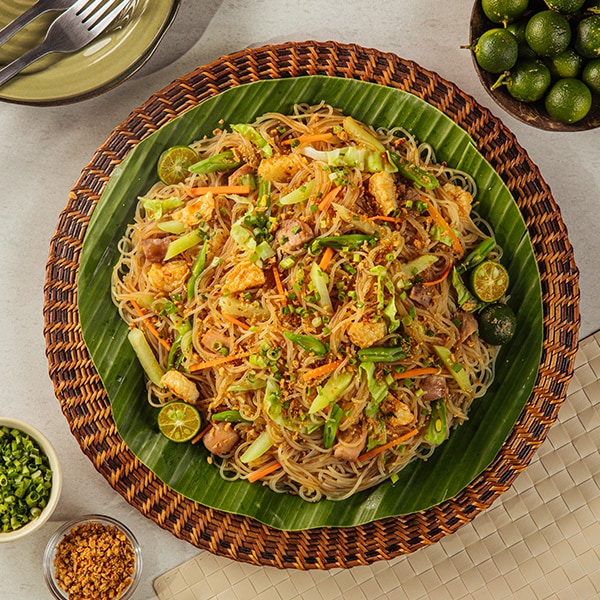Do you want to avoid customer dissatisfaction, low employee morale, and dwindling sales in your F&B business? Take time to learn and adopt the best practices for maximum operational efficiency in restaurants. Never make the mistake of focusing solely on cooking exceptional dishes. Sure, it can be a priority, but you should couple it with streamlining your productivity.
How to Improve Restaurant Operations
A comprehensive operations plan should detail how your restaurant will function from opening to closing. To guide your team towards optimal efficiency, make sure to plot out specific tasks, action item owners, and expected results. Here are some practices to consider.
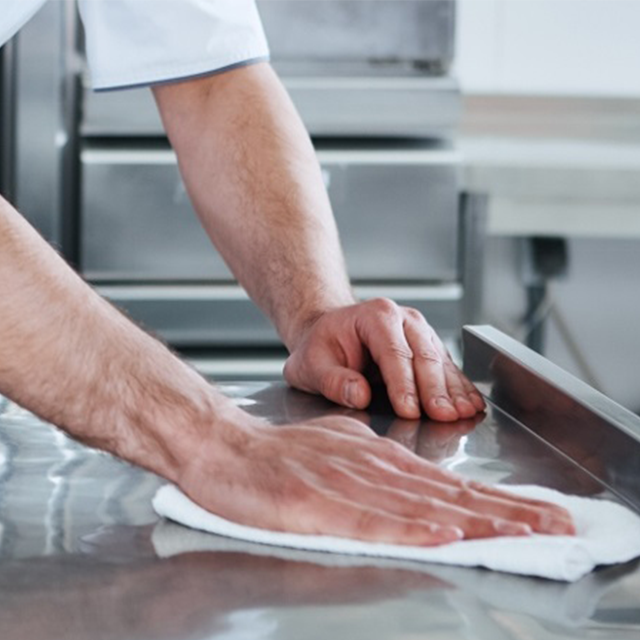
1. Conduct risk assessment and implement safety regulations.
An F&B business poses endless hazards, ranging from occasional machinery accidents to frequent slips, trips, and burns while using deep fryers and ovens. Restaurant efficiency is contingent on overall safety, so it’s essential to carry out risk assessments on your operations regularly. Their results will point you to the regulations you need to establish. For example, you might need to implement cleaning checklists, fortify food storage protocols, or enroll staff in safety and hygiene courses.
Always remind your team of the repercussions if they overlook these guidelines and neglect safety precautions. Simply forgetting to wash their hands can lead to food poisoning, online complaints, sanitary license revocation, or business closure.
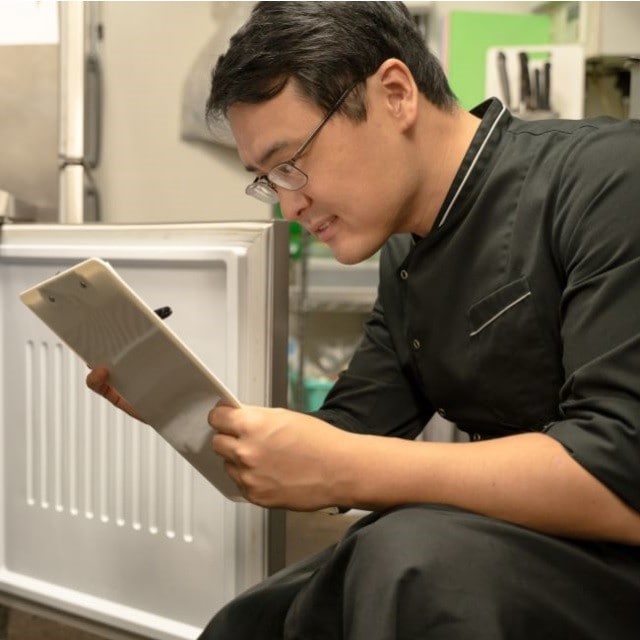
2. Establish a restaurant inventory management system.
Food inventory management is a system for tracking your consumable supplies – what comes in, leaves, and remains. If done properly, it can become an invaluable tool to uncover ways your business may be losing money. For example, if you don’t follow the FIFO method, you might end up with expired packs of Knorr Gravy Mix, Knorr Demi Glace Sauce Mix, or Knorr Salted Egg Powder.
Assigning the same staff to manage inventory is one of the best practices in restaurant operations. This ensures consistency, eliminates waste, and allows for proper monitoring of your sell-through rate. Keep the process accurate by arming your crew with detailed checklists.
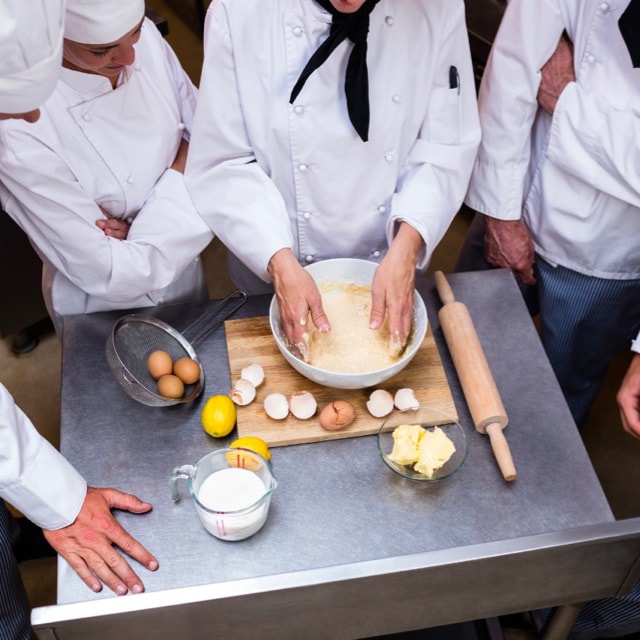
3. Conduct regular training programs.
Quality service plays a pivotal role in shaping a diner's experience. As such, hiring the right people is crucial for seamless restaurant operations. But you also need to enhance their proficiency and help them upskill. Don’t stop at the standard onboarding process! Conduct regular training programs that cover various topics, including trends and culinary news.
Make sure you also expose specific members to tasks outside their scope. For instance, FOH personnel should also be familiar with cooking processes so they can gain confidence to answer all diner queries.
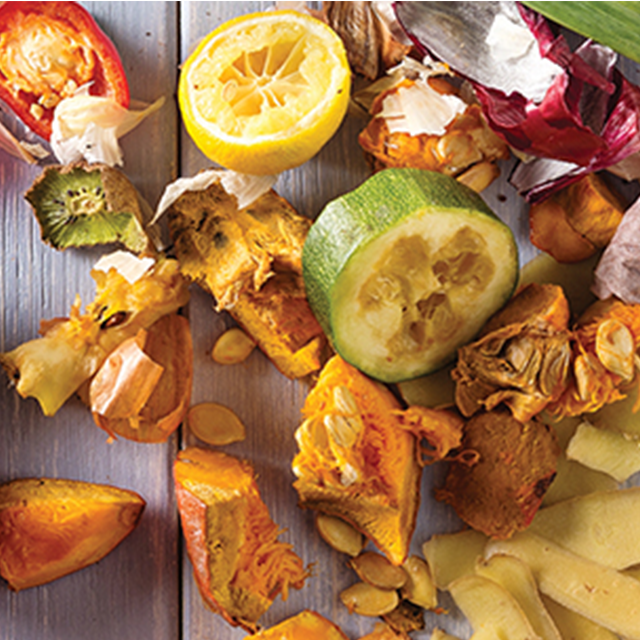
4. Reduce food waste to minimize overall costs.
Did you know that food waste can significantly impede your profitability? Improper ingredient preparation, leftovers, and spoilage can increase expenses and delay your ROI. Combat these by:
- Managing accurate inventories – When you overbuy supplies, you’ll likely throw away unconsumed perishables at some point. So, always keep a close watch on goods with a short shelf life.
- Keeping waste audits – Record how much food the establishment discards. Use this data to calculate how much you’re losing financially.
- Maintaining a log – Documenting daily practices ensures employees adhere to waste management strategies. Preparing a log can be as simple as weighing food bins and then registering the assigned staff’s name and the date and time of collection.
- Learning to forecast – Predicting demands keeps the kitchen from preparing too much food and wasting ingredients. Make sure to forecast based on monthly trends, early reservations, current events, and holidays.
- If your records show that pancit does better than spaghetti during special occasions, prioritize the procurement of the Chinese-style noodle’s components. Use previous data to estimate how much vegetables, pork, noodles, and Knorr Oyster Sauce to order.
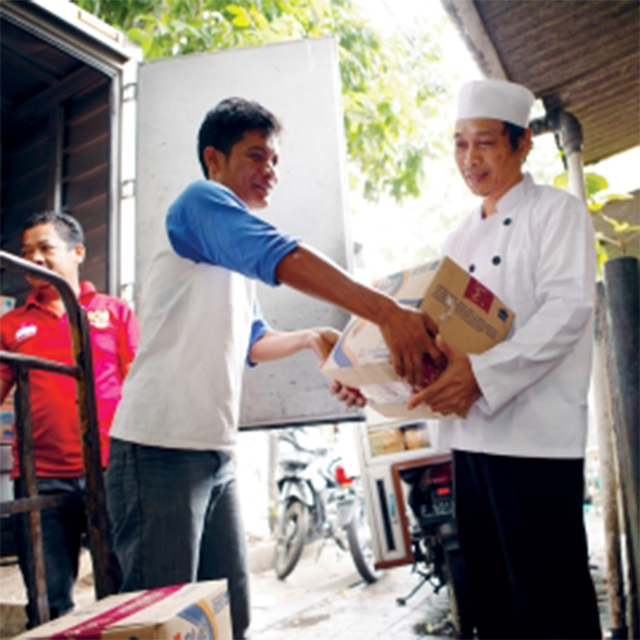
5. Manage relationships with suppliers.
The better you know your food suppliers (and vice versa), the more benefits you’ll get. Will you say no to preferential pricing and special rates and terms? So, be proactive in establishing a relationship with your suppliers by following this process:
- Selection – Choose suppliers that align with your values and deliver consistently, even if they offer higher prices.
- Orientation – Introduce the business, your needs, and ways of working and learn about your suppliers’ requirements and terms.
- Collaboration – Maintain a good flow of communication and give feedback where necessary. Work through conflicts by discussing solutions to potential issues, like delivery delays, out-of-stock items, etc.
- Evaluation – Periodically review your suppliers, contracts, and invoices. Reward good service with loyalty and stop working with the suppliers that underperform.

6. Standardize recipes and implement proper menu costing.
Food costing is a crucial aspect of running a profitable and efficient business. To ensure you don’t lose revenue, implement these best practices:
- Standardize recipes to make computing the cost per serving easier and allow kitchen staff to scale up or down easily.
- Maintain a recipe cost sheet with all information about a dish. The document should include current unit costs, actual ingredient costs, and cost per portion.
- Update ingredient costs with market values to determine if you need to review your pricing.
- Implement proper pricing for your dine-in menu, takeaway, and delivery orders.

7. Invest in restaurant technology.
Technology can help improve the accuracy of orders, lighten the workload of employees, and make improvements based on collected data. Yes, it can streamline your operations and do wonders for your restaurant’s efficiency in just a few clicks.
Take point-of-sale (POS) software, for example. This allows restaurants to speed up FOH and BOH processes, reduce customer wait times, and manage inventory simultaneously. It also helps track reservations, loyalty programs, and orders for quicker table turnovers. Ultimately, it makes manual calculations unnecessary and eliminates human errors.
Besides a POS system, you can also consider investing in the following:
- Digital kitchen display screens
- Mobile payment terminals
- Online table reservation systems
- Air purification technology
- Automated customer service
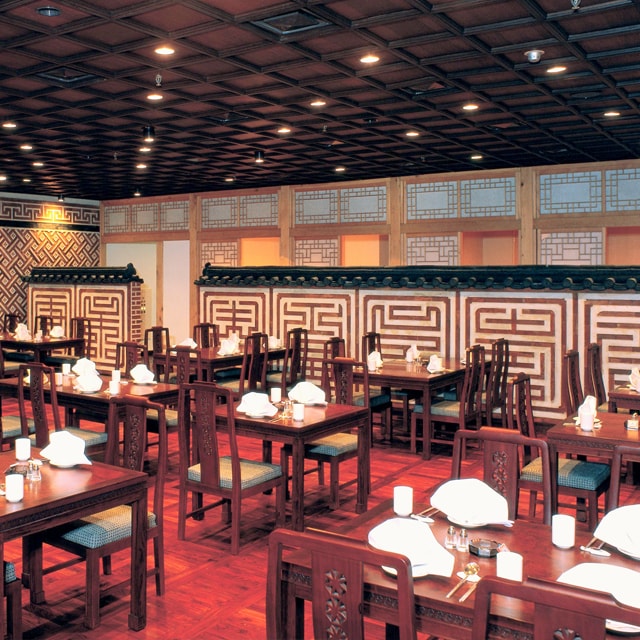
8. Craft operational procedures for different situations.
An operational plan serves as a strategic guide for any business. Ideally, you should have one for your FOH and BOH, and each should provide solutions for all issues and scenarios. It should cover everything from reservation no-shows and overbookings to understaffing and delayed mise en place. Keep procedures clear and concise to facilitate the best quality service.
What’s next after implementing these tips to improve operational efficiency in restaurants? Expect controlled costs, improved customer satisfaction, and a substantial increase in profit margins. Your business will run seamlessly, enabling your staff to concentrate on productivity and exceptional delivery of food and service. Big wins for all!


